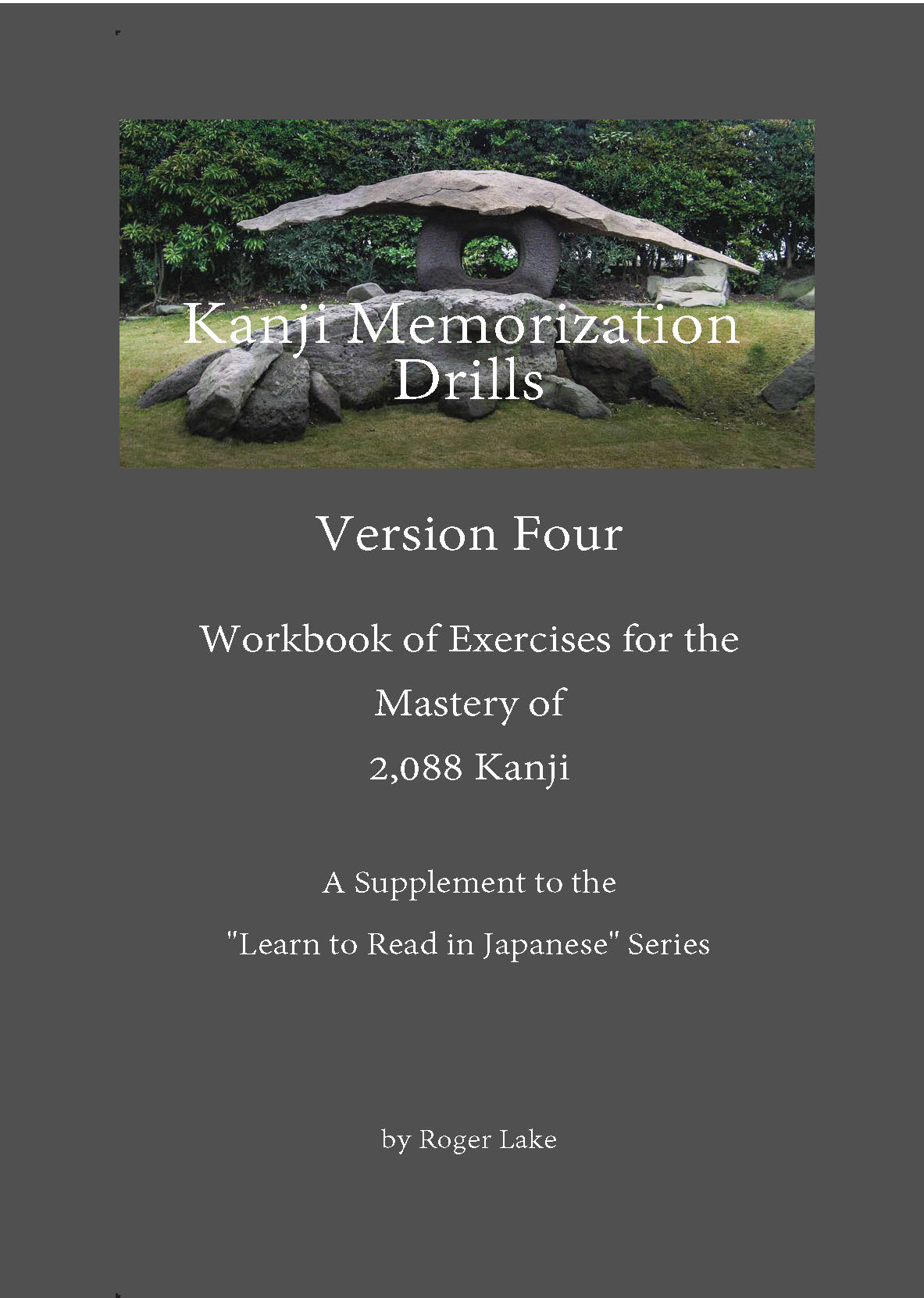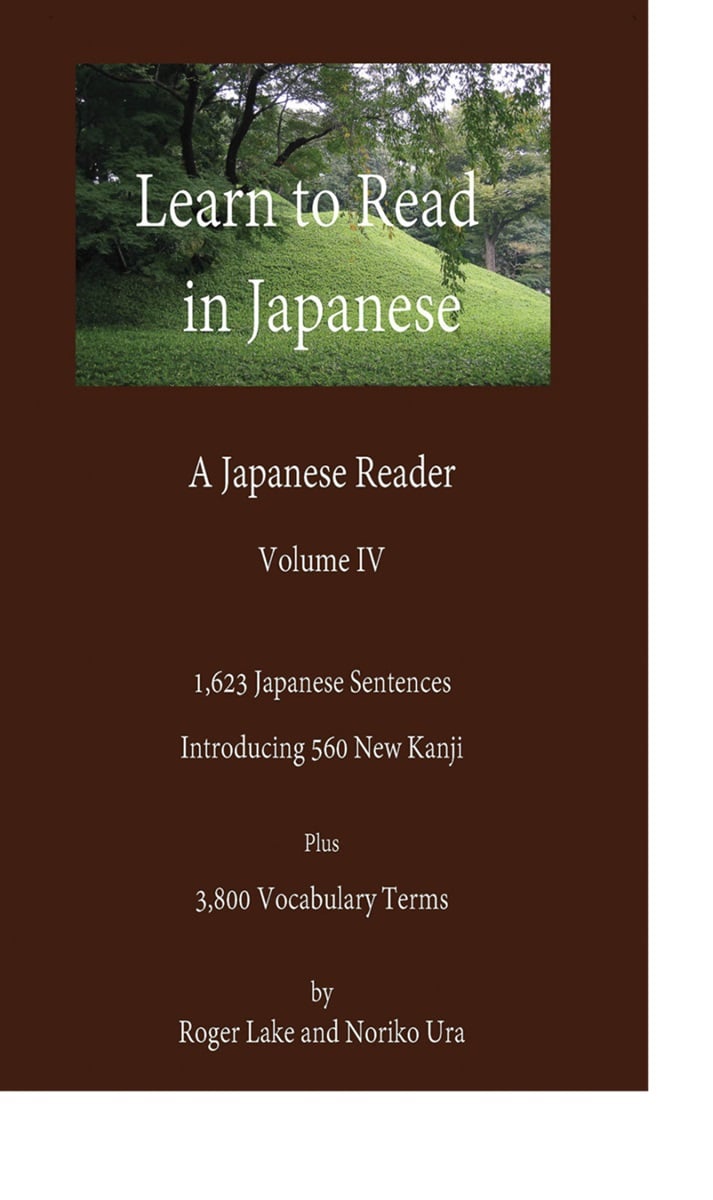
Kanji Memorization Drills, Version Four
This fourth version of Kanji Memorization Drills consists of a set of exercises that are designed to teach a total of 2,088 kanji and their pronunciations. Before you dive in, I recommend that you first work through our Japanese Readers, Learn to Read in Japanese, Volumes I, II, III and IV. Once you are familiar with that material, you may want to alternate between studying this document and re-reading the Readers.
Since these Drills are challenging, I suggest that you first complete Version One, then Version Two, and then Version Three before moving on to this version which is the most difficult of all. I also suggest that you print the Drills (see below) before using them. If it is not convenient for you to print them, please consider purchasing the printed versions of the Drills, sold at Amazon and Ingram Spark.
On each of the pages in this book, you will see three columns. In the first column, there is a kanji character followed by a small number that denotes the number of pronunciations that you should try to learn for that character. In the second column, you will see that kanji’s unique listing number, taken from the Kanji Catalogues that are included in the Readers and in the stand-alone book Core Kanji. Also in the second column, there are mnemonics (which I also call cues in the Catalogue) that approximate the Japanese pronunciations and help students to remember them. Finally, in the third column, there are sample Japanese words that contain the actual kanji readings.
In order to use this book effectively, I suggest that you print its pages on sheets of 8.5 x 11-inch paper and staple them together in groups of four chapters (usually 24 pages). Then you will need three tools: 1) an index card, roughly 3 x 5 inches in size, 2) a pen with a fine point and 3) an eraser tool. The purpose of the index card is to conceal the second and third columns while you test yourself on the pronunciations of the kanji in the first column. The purpose of the pen is to make small erasable dots in the margin to the left of any characters whose pronunciations you cannot readily recall. The purpose of the eraser tool is to erase those dots after you have successfully re-tested yourself on the missed kanji. After experimenting with several erasure methods, I’ve concluded that it’s probably best to use the “Pentel Presto Jumbo Correction Pen Fine Point” for the eraser tool.
Studying kanji through memorization drills can have a calming effect on the mind. Sitting away from electronic screens, one holds a drill book and an index card, focusing on a single isolated kanji character while trying to recall its shape and its various pronunciations. When an error is made, the only consequence is a small dot in the margin – a gentle prompt to come back and review the character later. In contrast, the correct identification of a kanji and its readings delivers a brief rush of energy and a renewed sense of confidence.
You may download a PDF file showing a sample of Version One of the Drills, plus our complete instructions for the Drills, at this link.


